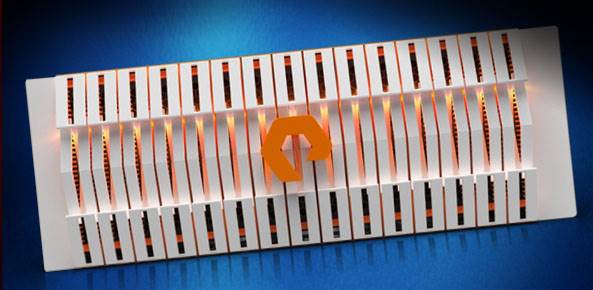All-flash array maker Pure Storage has introduced a new flash storage platform designed to provide enterprises with a cost of use of less than $ 1/usable gigabyte. The company said the new array, named FlashBlade, will be particularly attractive to organizations looking to take advantage of large pools of unstructured data that legacy solutions have been unable to handle because they slow down when scaled up.
“The value that can be gained from efficiently storing and analyzing unstructured data has a transformative affect on business,” said John Hayes, co-founder and chief architect, Pure Storage. “FlashBlade unlocks new capabilities and use cases that are simply not possible with today’s existing solutions by delivering real-time analytics at massive scale and blazing speeds to enable the future of innovation.”
Both Big and Fast
Pure Storage said FlashBlade will provide companies with an elastic scale-out system capable of delivering the kind of performance expected from all-flash systems, but with the ability to scale up to the petabyte level. According to the company, traditional storage solutions for unstructured data sets, such as legacy NAS (network-attached storage) filers and scale-out NAS, have continued to remain slow when deployed at scale.
Those legacy systems are challenged by demands for data to be both big and fast, the company claimed. This is partly because they were originally designed with the slower architecture of traditional disk drives in mind. But Pure Storage argued that the lack of metadata scale of those systems also constrains performance, even when they are retrofitted with flash. And the practice of partitioning data into nodes when scaling legacy solutions only leads to data silos that can cause performance bottlenecks.
“The all-flash data center for primary storage is quickly becoming a reality, but newer storage architectures designed to deliver better cost efficiency at scale are needed for flash to be more broadly used in secondary storage environments,” said Eric Burgener, research director storage, IDC, in a statement. Burgener said the FlashBlade array gives Pure Storage a portfolio able to support block, file and/or object access and cost-effectively cover both primary and secondary storage environments.
Internet of Things Applications
The company said three types of workloads are best suited to the FlashBlade array. One area includes science and engineering workloads looking to take advantage of the computing power offered by limitless compute cores. Another area where FlashBlade will likely be attractive is in running analytics on data collected from Internet of Things (IoT) sensors, particularly since that data is expected to grow exponentially as IoT is more widely adopted
Finally, cloud-native applications will also be a natural fit for the FlashBlade platform, as more organizations move toward a DevOps approach to building and running applications and containers and micro-services become more popular. The array’s elastic structure, meanwhile, will make it easy for organizations to scale it up as needed.
FlashBlade is now available in an early access program for select customers, with a broader release for production workloads planned for the second half of the year.
Image Credit: FlashBlade image via Pure Storage.







